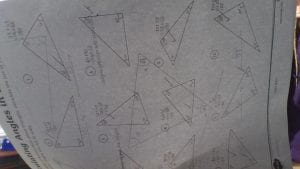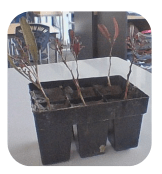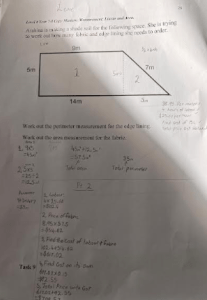All Flushed Out

Earlier this morning, A lady from the Christchurch City Council came into our class to teach us about wastewater, Where it comes from, The wastewater treatment plan and how we can make a difference.
The 3 Water Systems
Storm water – Carries away excess rainwater
Fresh water – Goes to our houses to use
Waste water – Comes away from our houses
What Percent Of Waste Water Does Everything In Your House Make?
25% Comes from shower
23% Comes from the washing machine
18% Comes from the toilet
15% Comes from the hose/outside
13% Comes from taps
3% Comes from leaks
2% Comes from baths
1% Comes from the dishwasher
Christchurch Wastewater Treatment plant
The water, solids and gases are all treated differently.
1. Home – Wastewater comes from shower, taps and toilet etc.
2. Pump stations – About 100 around Christchurch, pump water from houses to the treatment plant. Someone monitors this from a control room 24 hours a day.
3. Waste screens – Taking out big things like rags, wet wipes, jewellery, sanitary products, false teeth and dead animals etc, Everyday 2 tonnes of this goes to landfill.
4. Grit tanks – Grit, fat and oil (about 2 tonnes ) goes to landfill.
5. Sedimentation tanks – remove 30% heavy sludge and sand etc.
6. Trickling filters – Liquid from sedimentation tanks passes through, the bacteria sits on plastic filters and breaks down the microbes into slime clumps which then fall down.
7. Smelly air from trickling filters escapes and some helpful bugs get rid of it, biofilter.
8. Air-mixing tanks, pump water through to help separate the slime from the trickling filter and water.
9. Clarifiers – Slime clumps sink to the bottom, 90% of pollution has now gone.
10. Oxidation ponds -oxygen, sunlight, cold water and good bugs – kill any nasty bugs left this takes 2-3 weeks.
11. Long pipes take clean water out to sea, 3km offshore. 99.9% of pollution is now removed.
12. Sludge thickener – big tank, it looks like chocolate milk going in, adds a thickener to turn it into a kind of porridge to help remove all the solids.
13. Digester – Solids from sedimentation tanks and clarifiers come here.
14. Biosolids machine squeezes out water and dries the solids to be used to help the environment. 98% solids.
15. Dry biosolids are taken to the west coast and used with waste from mining to make fertiliser for growing native trees – not used for farmland where food is grown.
- Engines use gases (Methane) to power the machines used to run the wastewater plant.
Here Are Some Things We Came Up With To Help:
- Collect rainwater to drink or use in garden etc
- Short showers (3-5 minutes)
- Don’t leave the tap running when brushing your teeth
- Don’t use the dishwasher until it is full
- Don’t fill the bath up too much
- Only do laundry when the load is full
- Use environmentally friendly cleaning products
- Buy water friendly appliances (star rating sticker)
- Don’t put fats or oils down the sink – It can go in the green bin
- Don’t put chemicals down the drain
- Waste disposal units – Put extra solids in the system – don’t use them
- Be careful watering garden
- Fix leaks
- Be thoughtful about what goes into the toilet – eg no wet wipes and sanitary products etc




